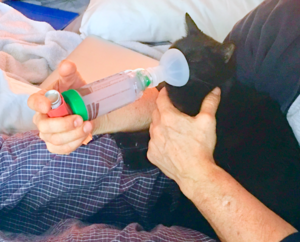- Joined
- Feb 2, 2016
- Messages
- 12,160
Missy I am terribly allergic to our 2 babies, but I just dose up on anti histamines and kiss them anyway!We all blend in here together.
Tommy is the rescue kitty who used to be a mouser in the basement of the building where I worked. My dh and I used to visit him on weekends and feed him while I worked on trying to convince the super to let me take him to the local vet to get him checked out and neutered and vaccinated. Long story short after the super let me take him to the vet he agreed to let me adopt him and made me the promise he wouldn't replace him with another cat used as a mouser.
Anyway that was in December 2009...I cannot believe that was over 9 years ago now and Tommy is just a bit over 11 years old as he was around 2 when we made him a part of our family. He is the sweetest baby though I am very allergic to him and when his saliva touches me I hive up instantly but it is a small price to pay for his sweet disposition and furry love.
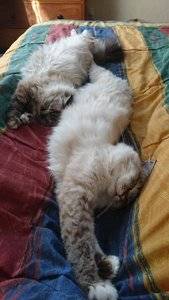

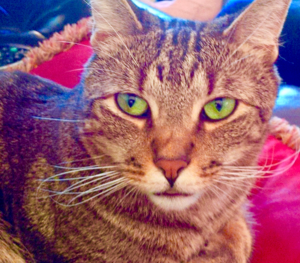
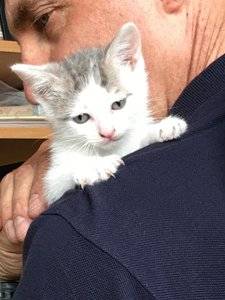
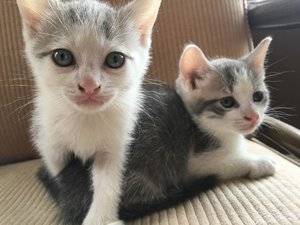
missy-
I just love the grey eyes on those kittens. I have seen blue eyes on puppies. Do kittens have grey eyes rather than blue? Or are these kittens' eyes in the process of changing as they mature? Whatever the case, their eyes are riveting. And, of course, they are gorgeous all 'round. I am so glad they have happy, safe homes!
Hugs,
Deb
Kittens eye colors change and most range from green, gold and yellow on one side to orange, copper, and brown on the other, with a host of variations and shades between.
For the first several weeks after a kitten’s eyes open, they appear to be blue. This hue is the effect of light refracted off the cornea, the eyeball’s outer transparent covering and the relative thickness of its four layers. As cat eye color matures, our perception of it continues to be affected and influenced by this refracted blue or blue-green outer covering.
By week 6 or 7, a kitten's eye color begins to change. The iris, the colored part of the eye, contains melanocytes. Once the eye is sufficiently mature, these melanocytes begin producing melanin, pigment that gives the eye its mature adult coloration. The final color and its depth or intensity are determined by how many melanocytes there are and how much melanin they yield. On the spectrum we mentioned above — green at one end and brown at the other — light green means a cat’s iris has produced the least amount of melanin, and brown the most.
Exceptions to answering the question, “When do kittens’ eyes change color?” — including blue-eyed adult cats and cats with heterochromia iridum, or two different-colored eyes. Cats who retain blue eyes into adulthood do so because of low or no melanin production. Examples include colorpoint cats, like the Siamese, and those breeds who developed with the Siamese as a major genetic contributor. Among them:
Like their fascinating coat-color distribution, the blue eyes in colorpoint cats result from a form of partial albinism. In these cats, blue eyes, like limited coat color, is due to limited melanin. Blue-eyed adult cats are also typical of the Ojos Azules, and in shades much deeper and darker than are typically seen among the melanin-deficient colorpoint breeds.



thank you @AGBF and @missy! he (and DH) literally got me through my fellowship last year which was awful. he's almost 2 now and he is such a character - not my first weim, but but prolly the smartest/most mischievous LOL!
Deb - Hero looks wonderful, its so lovely that he has a landed someplace where he is cherished!
...and now back to studying LOL... if only Tuesday were done and over



Beautiful!He is gorgeous. Those eyes.
Sending you lots of dust for Tuesday boards. I have a feeling you will Ace them.
He’s usually a chocolate-black rather than a deep velvet like he looks here but he’s a very squishy delight and I adore him and his cheekinessFranklin looks like black velvet!Adorable.
